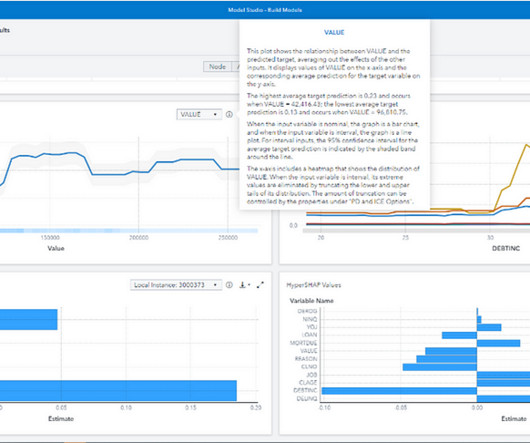5 Fast-Growing Data Management Trends in 2023
ODSC - Open Data Science
MAY 16, 2023
Data Mesh More data management systems in 2023 will also shift toward a data mesh architecture. This decentralized architecture breaks data lakes into smaller domains specific to a given team or department. Automation and artificial intelligence (AI) will see particular growth in the realm of observability.












Let's personalize your content